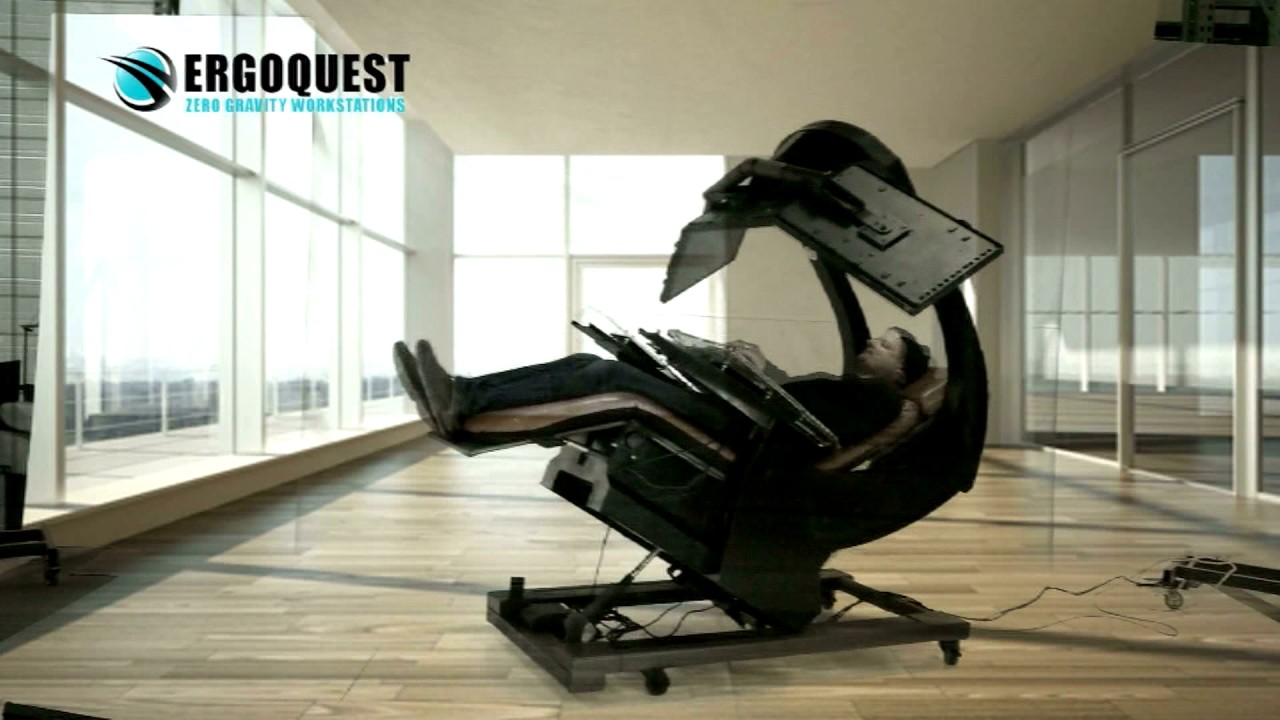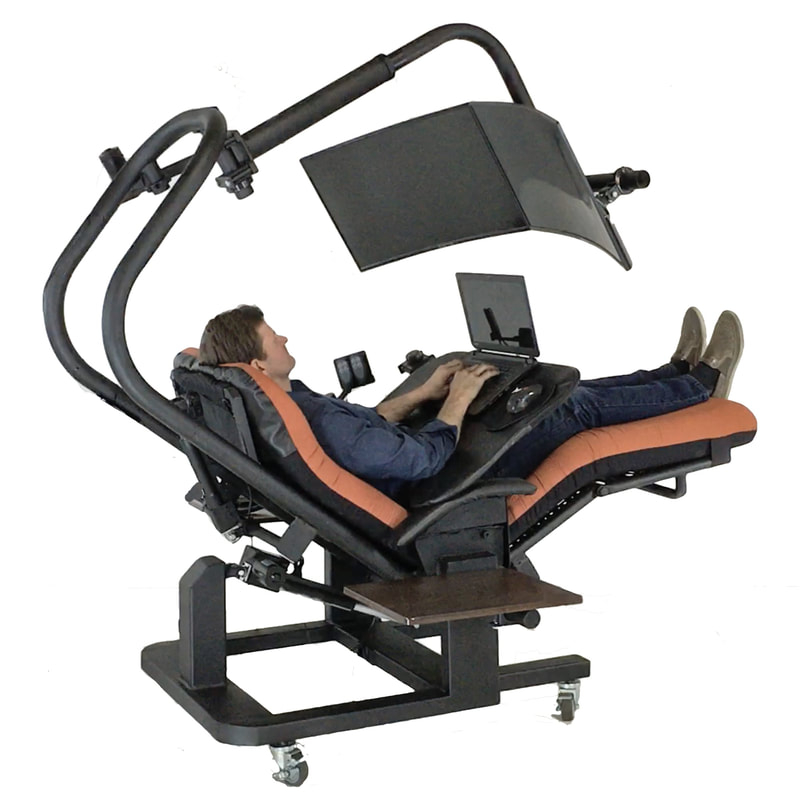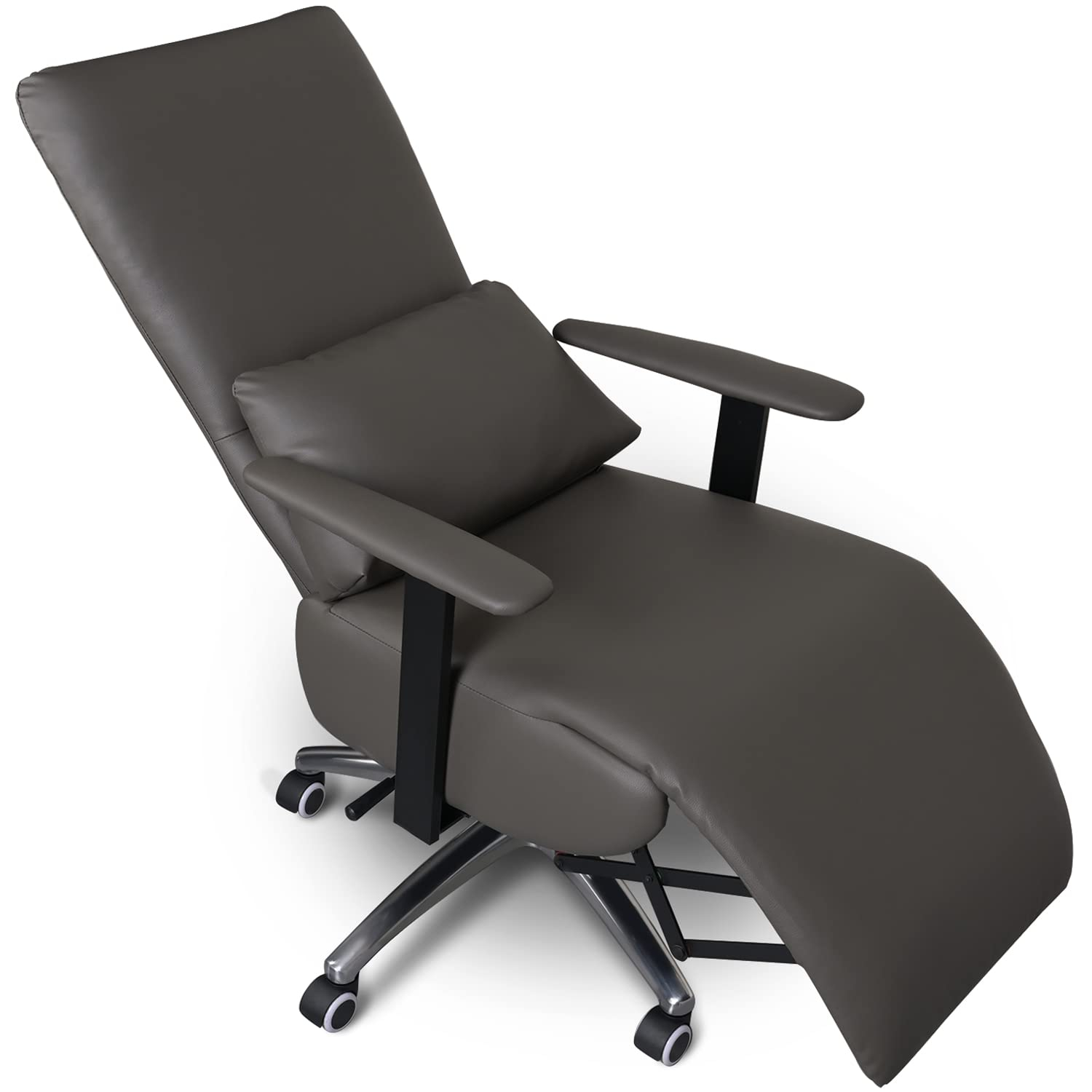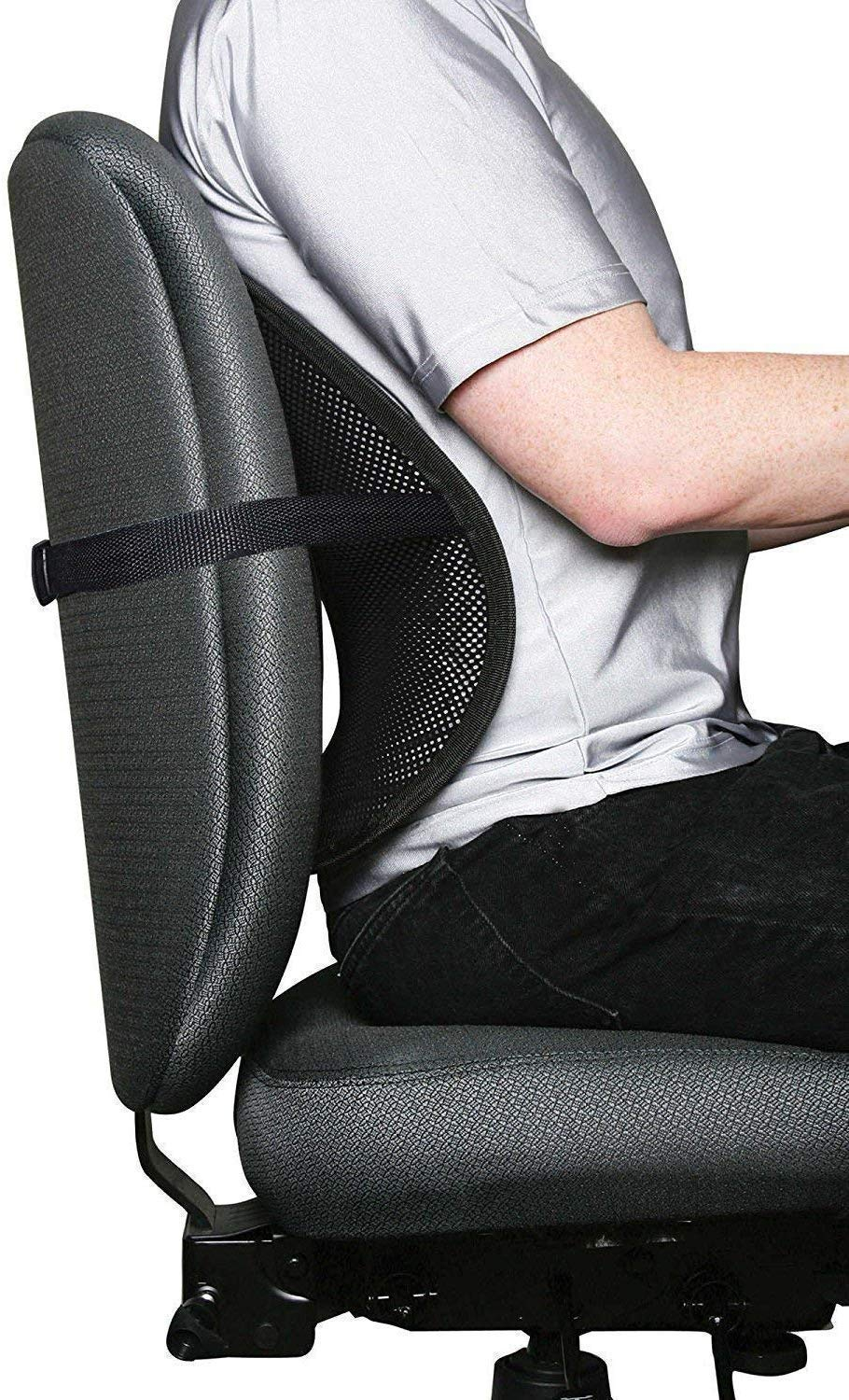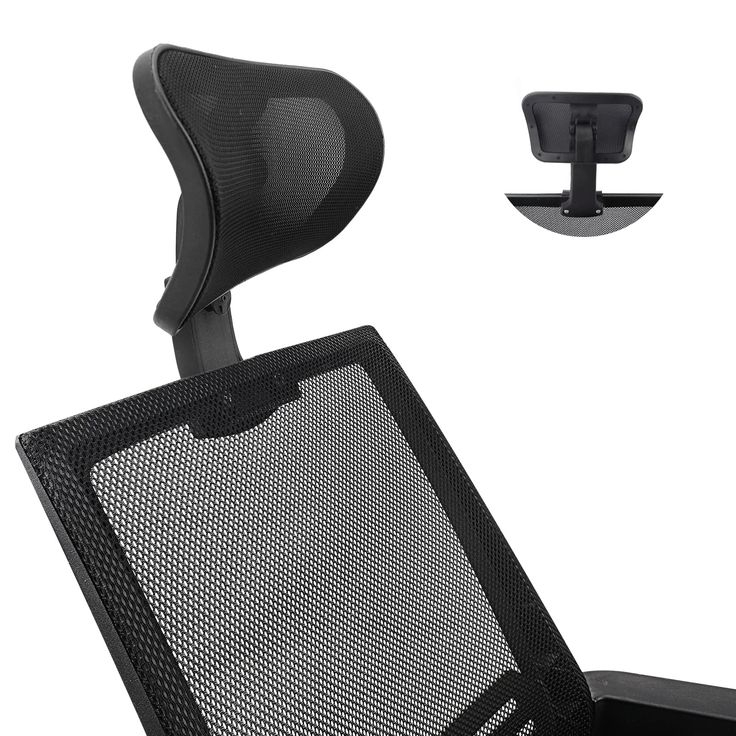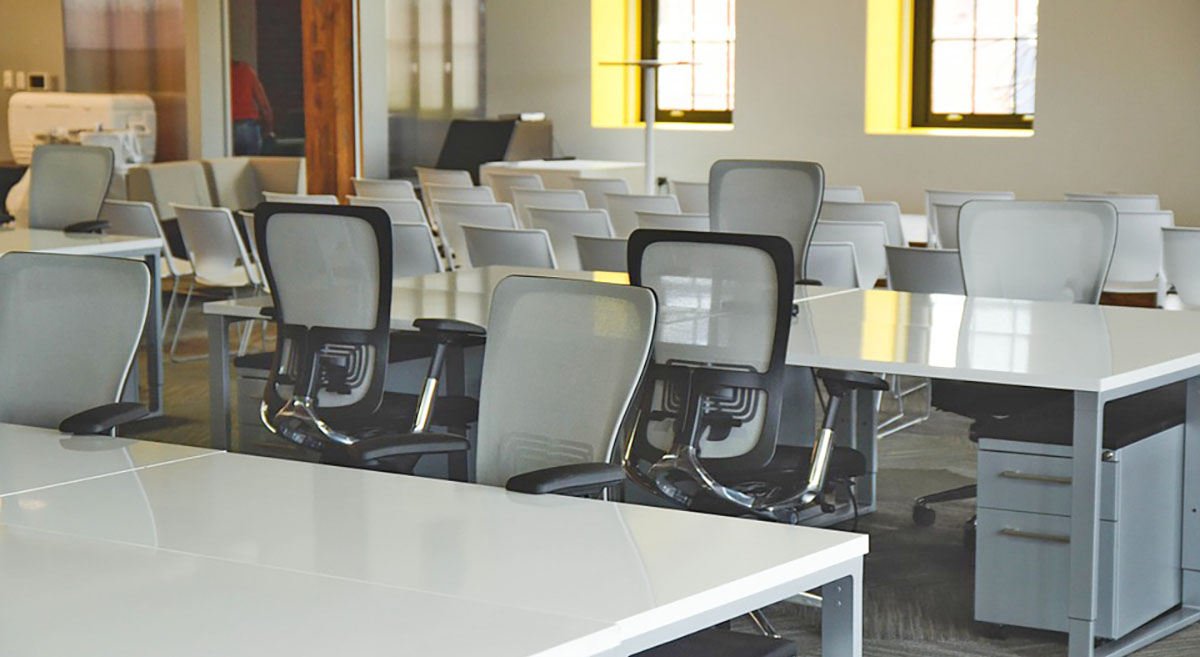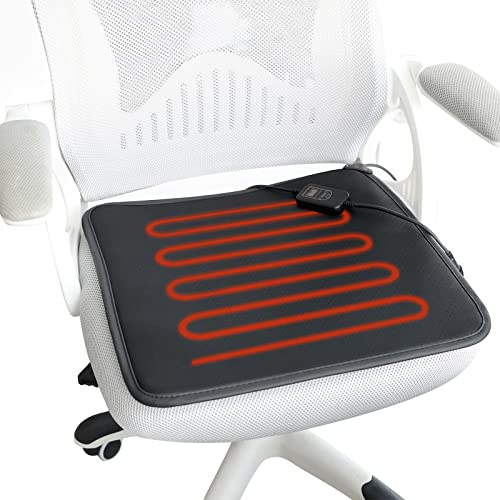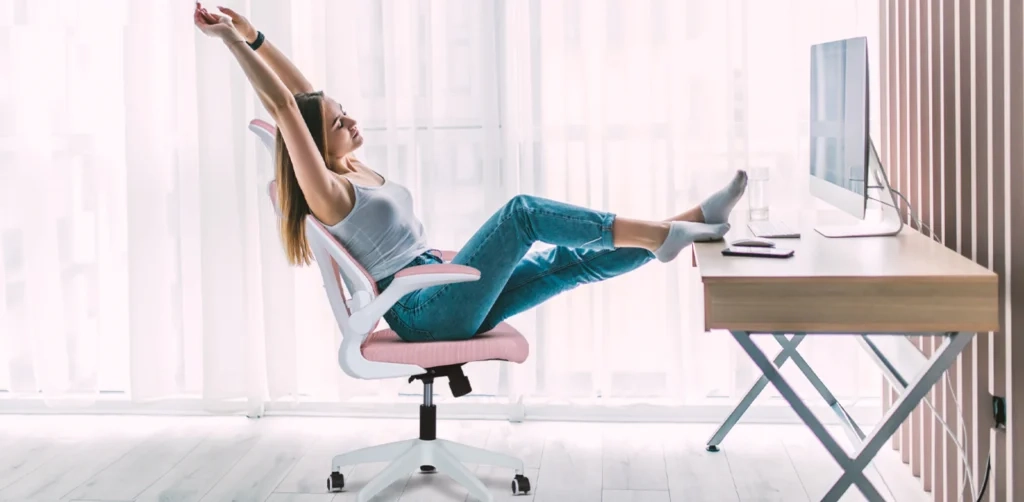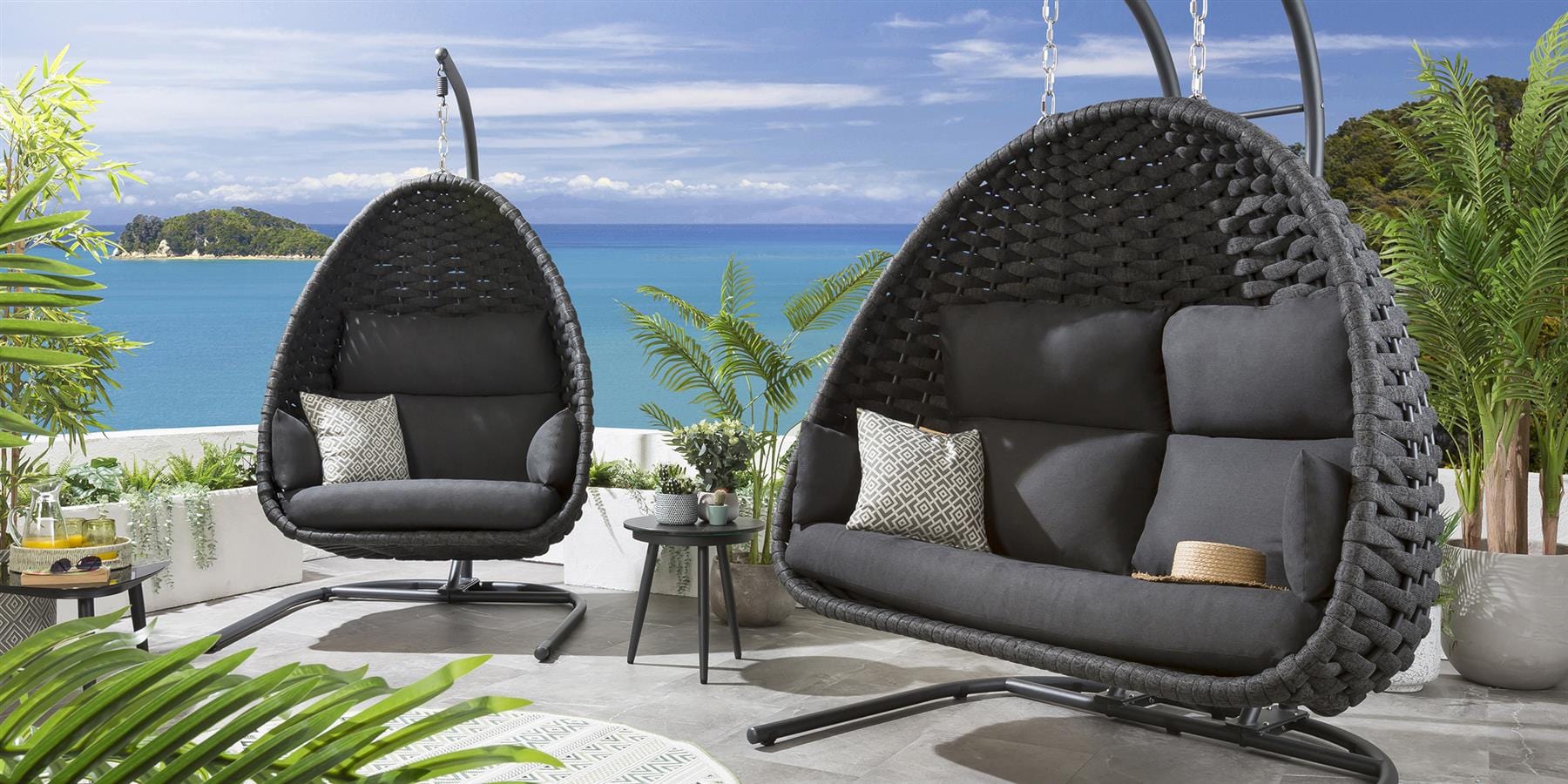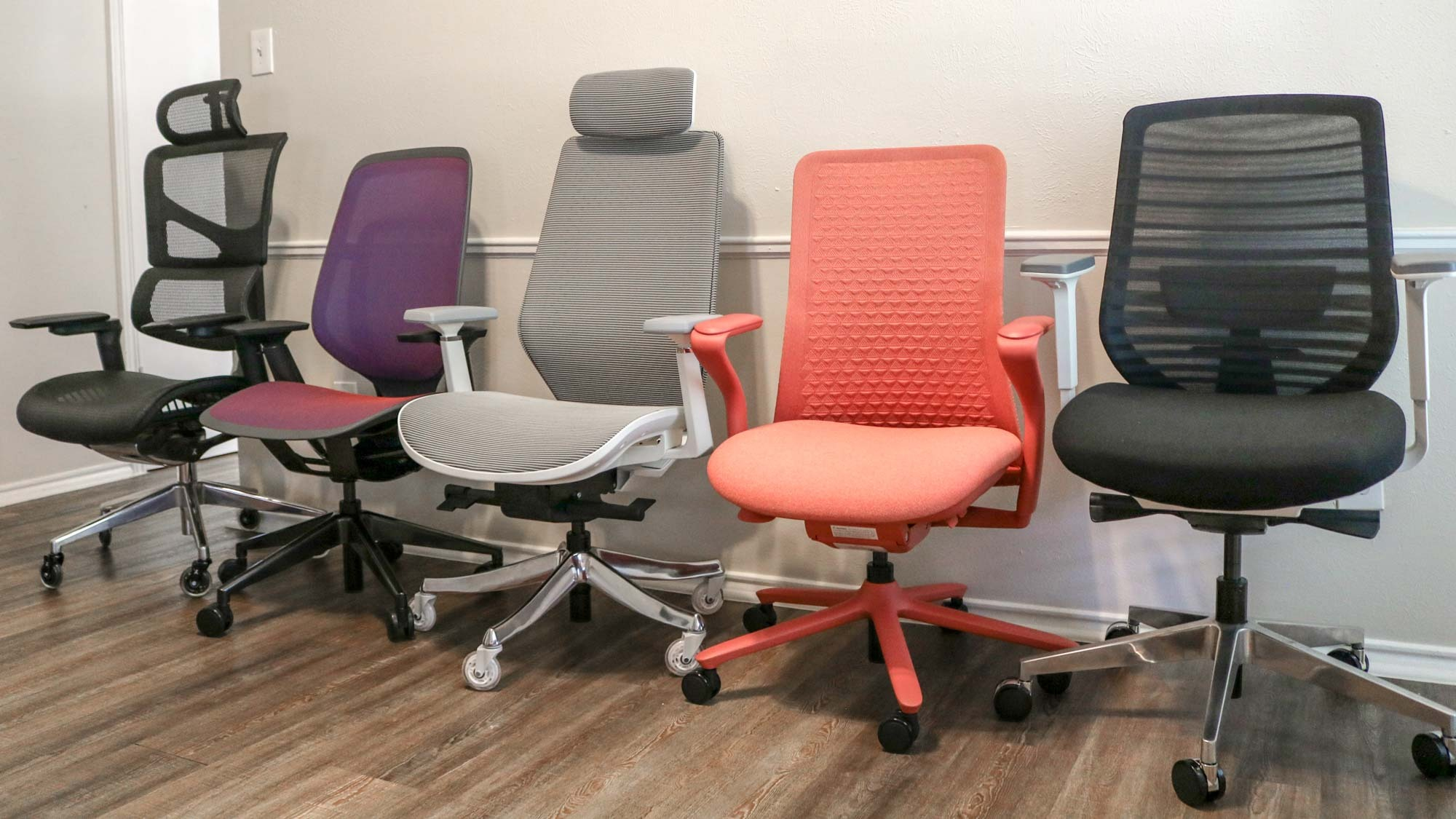You’ve seen the pictures, maybe even imagined yourself floating in a chair, utterly relaxed. Zero gravity office seating sounds like a futuristic dream, a guaranteed escape from the aches and pains of a typical workday. But what’s the real story? Is it a revolutionary step forward for workplace comfort and health, or just an expensive novelty. Let’s peel back the layers and see what the folks who really know – the experts – have to say about these unique chairs.
The idea of zero gravity office seating has certainly captured imaginations. Picture this: a chair that cradles your body in a way that feels almost weightless, relieving pressure points and potentially boosting circulation. It’s an appealing concept, especially for those who spend long hours tethered to a desk. But the term ‘zero gravity’ itself might be a bit of a misnomer, and the actual benefits and applications are often misunderstood. We’re going to explore what this type of seating really offers, the science behind it, and whether it’s a practical solution for the modern office environment.
Understanding the ‘Zero Gravity’ Concept
First off, let’s clear up the name. These chairs don’t actually send you into space or mimic the weightlessness of orbit. Instead, they recline to a position where your body weight is evenly distributed, often with your feet elevated slightly above your heart. This posture aims to reduce stress on your spine and improve blood flow. Think of it less as ‘zero gravity’ and more as an ‘ergonomic recline’ designed to distribute pressure more uniformly across your body. It’s about finding a neutral posture that minimizes strain, much like astronauts experience in space, but achieved through clever engineering on Earth. This specific angle, often around 120 degrees reclined, is key to achieving that feeling of reduced pressure. It’s not magic, but rather smart design principles.
The Potential Health Perks: What the Experts See
When used correctly and for appropriate durations, experts do acknowledge potential health advantages. Dr. Anya Sharma, a leading ergonomist, points out, ‘The primary benefit is the significant reduction in spinal compression. By elevating the legs and leaning back, the chair can alleviate pressure on the lower back, which is a common complaint among desk workers.’ This kind of posture can also be beneficial for individuals experiencing back pain or circulation issues. Some studies suggest that periodic reclining can improve blood flow and reduce fatigue. It’s not a cure-all, mind you, but as a tool for periodic relief and postural variation, it has merit. Think of it as a way to give your body a break without having to leave your workspace entirely. It’s about giving your spine a chance to decompress.
Productivity and Focus: Does it Help or Hinder?
This is where opinions can diverge a bit. While the comfort is undeniable, can you really be productive while in a deeply reclined position? Some experts believe that for tasks requiring intense focus and fine motor skills, such as typing or detailed design work, the reclined posture might be counterproductive. ‘For deep work, a more upright, engaged posture is generally preferred,’ explains productivity consultant Mark Jenkins. ‘These chairs are excellent for short breaks, relaxation, or perhaps for tasks that don’t demand constant, precise interaction with a keyboard or screen.’ Others suggest that by reducing discomfort and fatigue, these chairs can indirectly boost productivity over longer periods by allowing users to work more comfortably for extended durations. It’s a balancing act, really. The key is using them strategically, not for every single minute of the workday.
The Practical Realities: Cost, Space, and Ergonomic Nuances
Let’s talk brass tacks. Zero gravity office chairs aren’t cheap. They represent a significant investment compared to traditional office seating. Furthermore, their expansive recline capabilities mean they require more space than a standard desk chair, which can be a limiting factor in many office layouts. Beyond the practicalities, there’s the ergonomic nuance. While the reclined position is good for some things, prolonged use without proper adjustments or movement can lead to its own set of issues, like stiffness or reduced core engagement. ‘It’s crucial that these chairs are part of a broader ergonomic strategy, not the sole solution,’ advises Dr. Sharma. ‘People still need to move, stretch, and vary their postures throughout the day.’ They’re a tool, not a magic bullet, and like any tool, they need to be used correctly.
Who Benefits Most?
So, who stands to gain the most from this type of seating? It’s often individuals who experience chronic back pain, postural issues, or those in roles that involve a lot of sitting and can benefit from periodic, deep relaxation. Think customer service representatives who spend hours on the phone, programmers, or writers who can take short ‘decompression breaks’ in their chair. Companies looking to invest in employee wellness and offer unique comfort options might also consider them. However, for fast-paced, collaborative environments where constant interaction and a more upright posture are beneficial, they might be less practical. It’s about matching the tool to the task and the individual’s needs. Consider your specific work demands and your body’s requirements.
Expert Recommendations: Integrating Zero Gravity Seating Wisely
If you’re considering zero gravity office seating, experts offer these key recommendations:
- Use them as a supplement, not a replacement: Integrate them into your workday for breaks and relaxation, not for continuous primary work.
- Prioritize adjustability: Look for chairs with multiple recline positions and lumbar support options to customize your comfort.
- Combine with movement: Make sure to still get up, walk around, and stretch regularly throughout the day.
- Consider your workspace: Ensure you have adequate space for the chair’s full range of motion.
- Consult an expert: If you have specific health concerns, talk to a doctor or an ergonomist before making a significant investment.
Ultimately, these chairs can be a valuable addition to a wellness-focused workspace, offering a unique way to combat the physical toll of prolonged sitting. But like any innovation, understanding its limitations and using it thoughtfully is key to unlocking its true potential.
Zero gravity office seating isn’t the magical weightless solution some might imagine, but it’s also more than just a gimmick. Experts agree that when understood and utilized correctly, these chairs can offer genuine benefits for comfort and spinal health, particularly as a tool for periodic relief. The key lies in integrating them wisely into a broader ergonomic strategy that still emphasizes movement and varied postures. They can be a fantastic way to decompress during a busy day, but they won’t replace the fundamental need for an active and varied workday. So, while you might not be floating in space, you can certainly find a more comfortable and supported way to navigate your workday right here on Earth.




